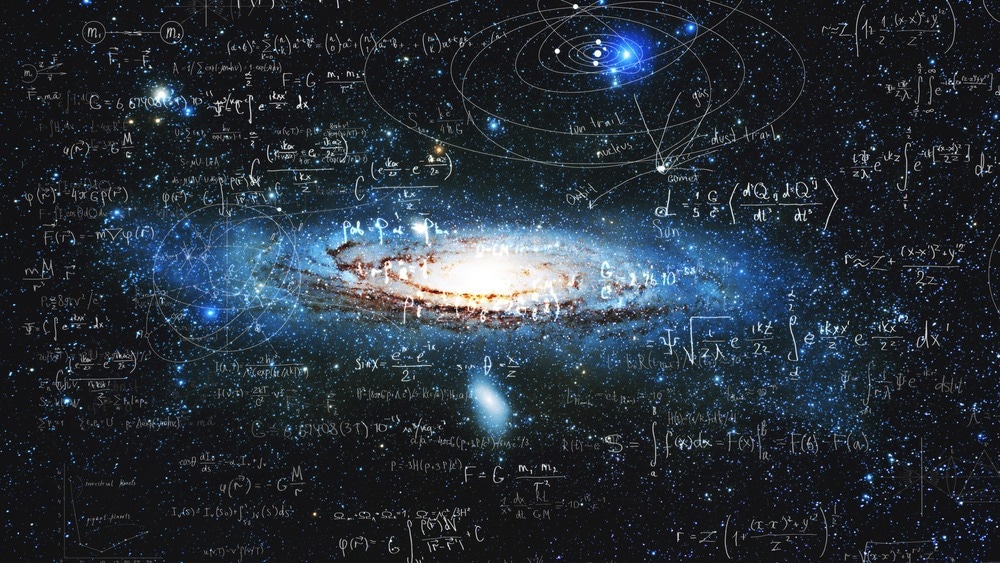The gauge or gravity duality expresses that quantum and gravity spacetime arises from a quantum gauge theory, which survives at the boundary between both theories.

Image Credit: Lia Koltyrina/Shutterstock.com
For the last 25 years, this duality, with concrete examples exposed by string theory, has revolutionized the knowledge of systems varying from black holes to matter composed of powerfully cooperating quantum particles featuring complex webs of entanglement.
In this Topical Collection, the journal EPJ C grants a collection of articles considering the latest progress in the basic knowledge of this duality and its innovative applications.
The present knowledge of gravity has been focused on the relativistic descriptions of spacetime that were initially put forward by Einstein. At the same time, gauge theory explains how the matter fields of elementary quantum particles—such as quarks and electrons—tend to communicate with each other through forces, and this has been mediated by the exchange of gauge bosons—in this case, gluons and photons, respectively.
While both theories show up to be controlled by fully different sets of rules, the idea of gauge or gravity duality displays how intrinsic the links between them are vital to describing the basic nature of the universe.
The papers noted in this topical collection consist of topics like principles for reconstruction of Einstein’s description of spacetime from the dual gauge theory and how they have resulted in recent discoveries in the resolution of data paradoxes of black holes. Also, they cover how quantum error correction and complexity play basic roles in the appearance of gravity, as well as the present experimental progress in quantum simulations of gauge or gravity duality.
Moreover, the topical collection consists of papers that apply such ideas to model the behavior of matter present in neutron stars, stellar remnants that have not gained sufficient mass to fall into black hole, how hydrodynamics arise from many-body interactions, and evaluating how the strong force tends to impact the muon’s properties.
By publishing this, EPJ C believes it will offer the right background on such expansive subjects. This could be additionally developed by physicists working in a broad range of specialized areas, including condensed matter physics, like gravity and quantum information theory.
Journal Reference:
Mukhopadhyay, A., et al. (2022) Editorial: New frontiers in holographic duality. The European Physical Journal C. doi.org/10.1140/epjc/s10052-022-10838-4.